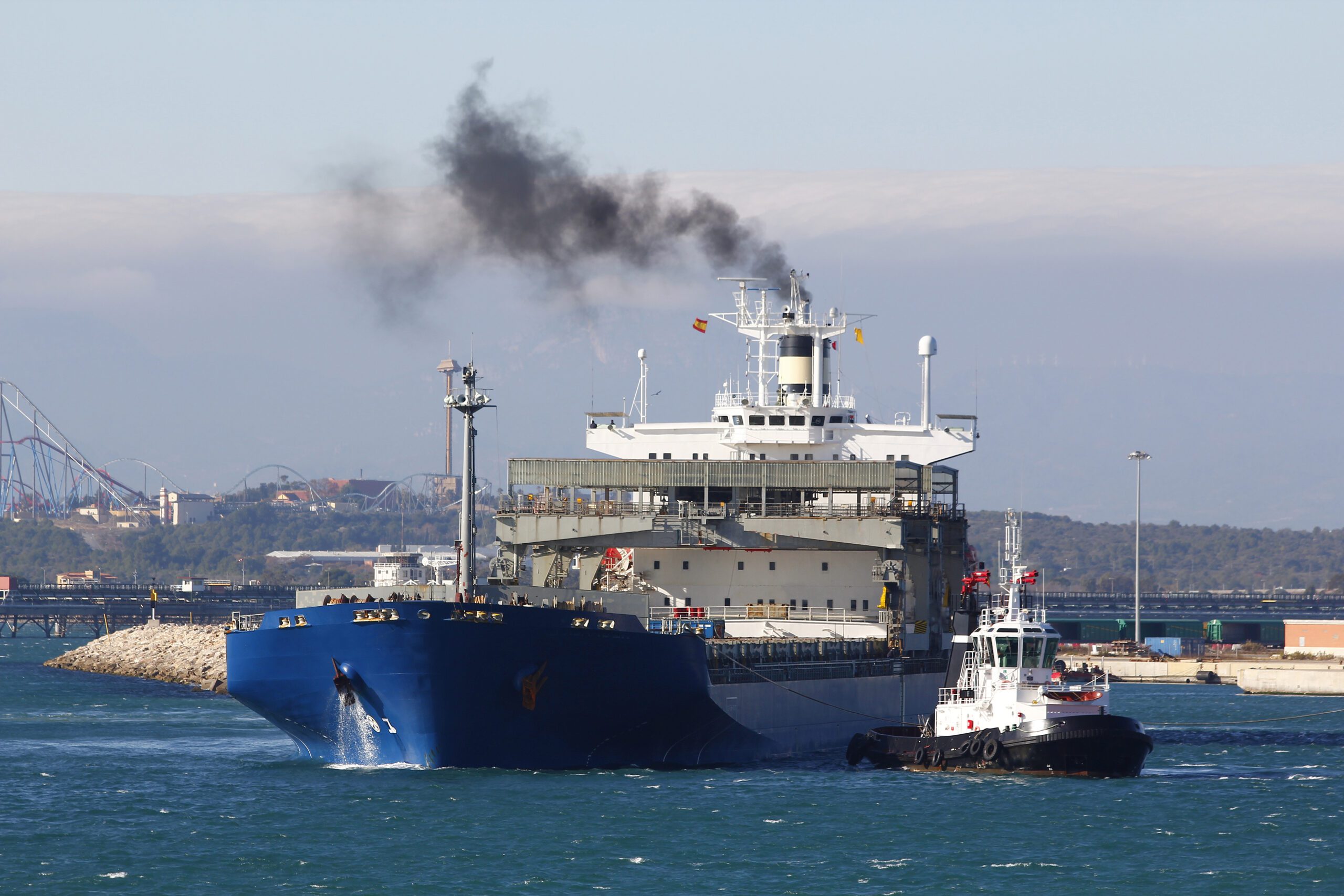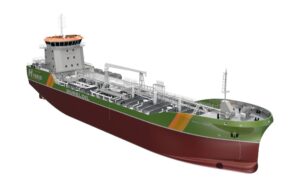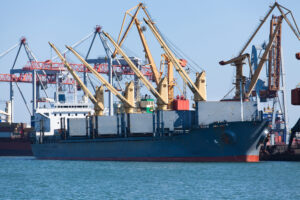Opinion by Carly Fields,
The inclusion of shipping in the European Union Emissions Trading System (EU ETS) is a significant step towards reducing global greenhouse gas emissions. However, it comes with myriad of challenges, from administrative complexities to financial exposure.
Operators in the shipping sector need to be proactive to understand market dynamics, regional regulation and supply-demand intricacies.
Optimising positions in this evolving market requires a thorough assessment of risk tolerance, budgeting, and timing; meanwhile, collaboration and partnerships can provide a competitive edge.
In a recent webinar on ‘Shipping’s Inclusion in the EU Emissions Trading System: Impact and Implications,’ Gemma Carbone, business development at IFCHOR GALBRAITHS, highlighted the complexities surrounding this regulatory change: “It’s not that smooth for setting up registry accounts, compliance, or trading accounts. It’s quite time-consuming and raises significant KYC.”
The Know Your Customer (KYC) process, a critical component of regulatory compliance, can be particularly burdensome in this context. Establishing the identities of all parties involved in the shipping chain is a necessary step, but it can be time-consuming and costly.
The issue of responsibility and liability for emissions further complicates the matter. With numerous stakeholders, including shipowners, charterers, and operators, determining who should be held accountable for emissions can be challenging. This ambiguity can hinder the effective implementation of emission reduction strategies.
Added to which there is a significant time gap between the moment when the obligation is created, and the moment the obligation is tackled, because EU Allowances (EUAs) are submitted the following year.
Financial hurdles
Fellow panellist Egis Breshani, manager of EU Market Analysis at ClearBlue Markets, said the financial exposure looming over the shipping industry due to the EU ETS is substantial: “If we consider full phase-in in 2026, there is a big financial exposure coming from it, around EUR8-10 billion for the shipping sector.”
This exposure arises from the need to purchase emission allowances to comply with the regulations, and the costs associated with that can be considerable. Depending on freight market conditions, the economic impact can be proportionally a significant cost component for European voyages.
Furthermore, the financial impact on the shipping sector is just a small fraction of the entire EU ETS demand. Other industries, such as the power sector, have even larger exposures to the market. As a result, it’s essential not only to consider how shipping is adapting to the market but also to track the actions of other industries.
Breshani emphasised the role of market fluctuations and government policies: “We all know that this is a politicised market and there are inventions which make it a bit more difficult to predict the price.”
The EU’s ambitious goal of achieving a 50% reduction in greenhouse gas emissions by 2030 sets the stage for potential policy shifts. These policies can influence supply and demand dynamics in the market, affecting the price of emission allowances.
Demand and supply
One of the critical factors in understanding the EU ETS market is the balance between demand and supply of emission allowances. In 2024, when the maritime sector enters the market, the number of allowances will increase by about 78.4 million tonnes.
While this may initially suggest a drop in prices due to increased supply, a deeper look reveals a more complex picture. In 2024 only 40% of demand is expected. “So maybe in the first two years, 2024-2025, this will translate into a bearish signal in the market. You can see all the little details can change our view or our anticipation for the market,” Breshani said. This demonstrates how nuanced market dynamics can be, and the timing of market entry is critical.
In this intricate market, businesses need to ask themselves a series of questions to optimise their position. These questions should revolve around risk appetite, available cash flow, budget forecasting, and volatility assessment. Breshani also stressed the importance of timing: “Timing the market is quite important here. When you have more cash flow at hand, when you know your budget, you anticipate, you forecast your budget better. You can also have a higher risk appetite in this market.”
For example, Carbone highlighted the need for collaboration to optimise pricing: “Opening a trading account might take ages because of KYC. All this process might cost you money because you won’t be able to purchase at the right time. In this case, you might be looking into partnering up to be able to purchase your EUAs at the right time to optimise your price.”
She added that collaborative efforts can help businesses purchase emission allowances at the right time, ensuring cost-effectiveness.
Source: Baltic Exchange



